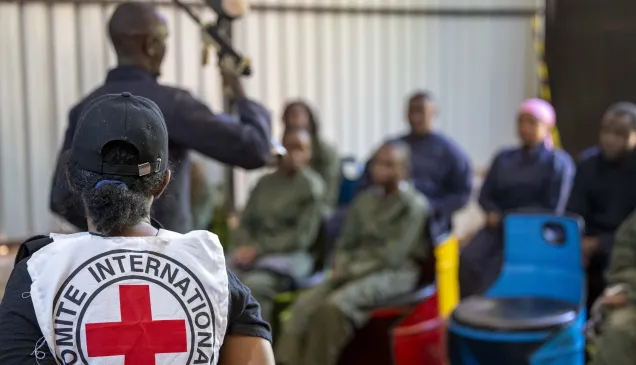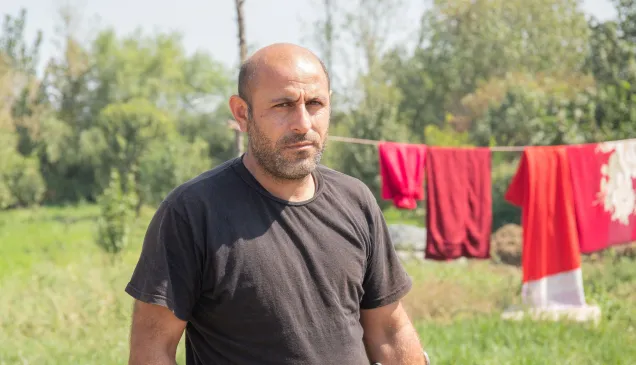A war down memory lane

"When the prisoners of war finally saw the plane, and they went up, that's when the excitement got a little bit contagious. It was just something you couldn't envision, people being prisoners in another country and all of a sudden, they've got the opportunity to go back home. You know, they walked down the gangplank of the plane and they kissed the ground" – Judy Owen, former nurse, ICRC.
August 2018 marked 30 years since nearly 4,000 Somali and Ethiopian prisoners of war (POWs) and interned civilians detained since the Ogaden war were released and repatriated to their home countries.
The Ogaden war took place from July 1977 to March 1978 between Somalia and Ethiopia due to a territorial dispute over the Ogaden region, which was claimed by both countries.
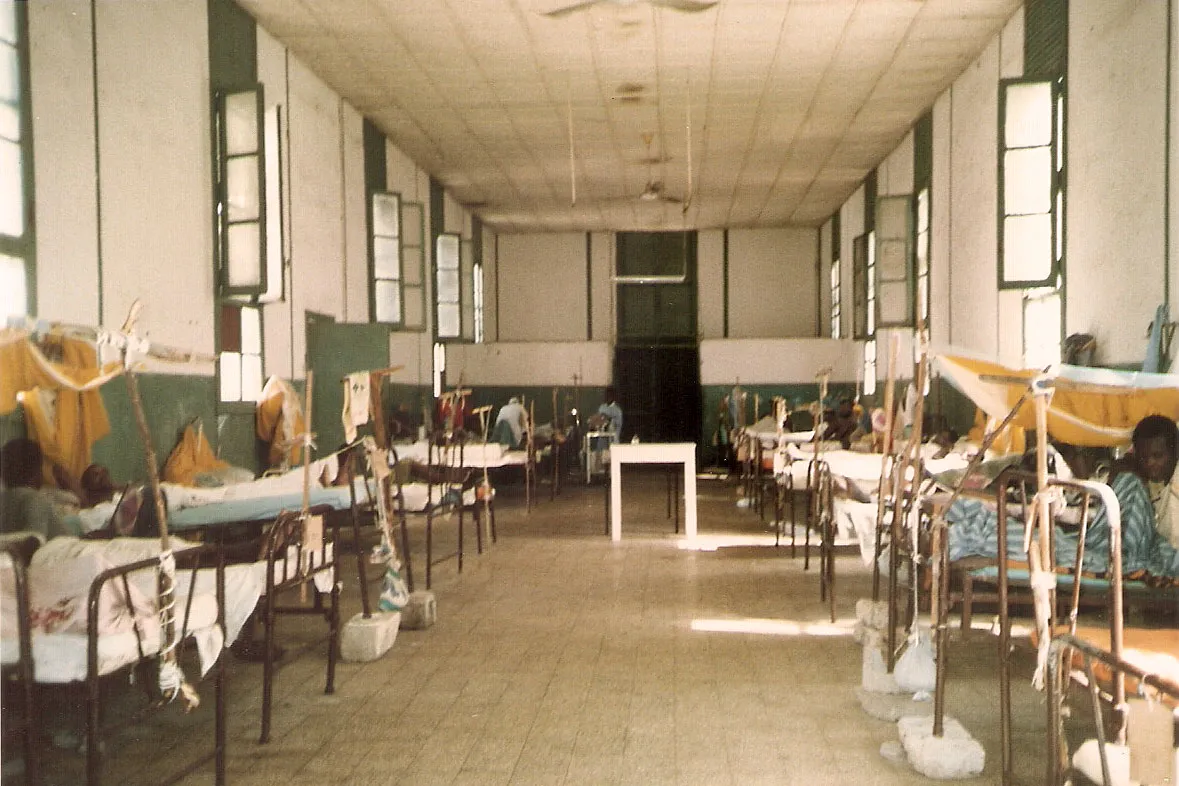
During the war, the International Committee of the Red Cross (ICRC) together with the Somali Red Crescent Society (SRCS), provided medical and surgical assistance to wounded combatants and civilians in Mogadishu.
On 3 April 1988, Ethiopia and Somalia signed an agreement normalizing their relations and providing for the repatriation of all prisoners of war and civilian internees. With the agreement of both countries, the ICRC facilitated the process of repatriation, in conformity with its specific mandate. In this process, thousands of individuals returned home after years in places of detention.
"During the Ogaden War, the National Societies in both Somalia and Ethiopia, in cooperation with the ICRC and in conjunction with the two countries' respective armed forces, were called upon to provide medical and surgical assistance to the war-wounded. Martini civilian hospital in Mogadishu which had a military department had become the base of the first ICRC surgical team sent from Geneva. I was able to witness first-hand that the ICRC's humanitarian assistance programs during the war were based on the Red Cross and Red Crescent principles of independence, impartiality and neutrality," said Dr. Ahmed Mohamed Hassan, former Somali Red Crescent Society (SRCS) president in an interview.
My name is Judy Owen
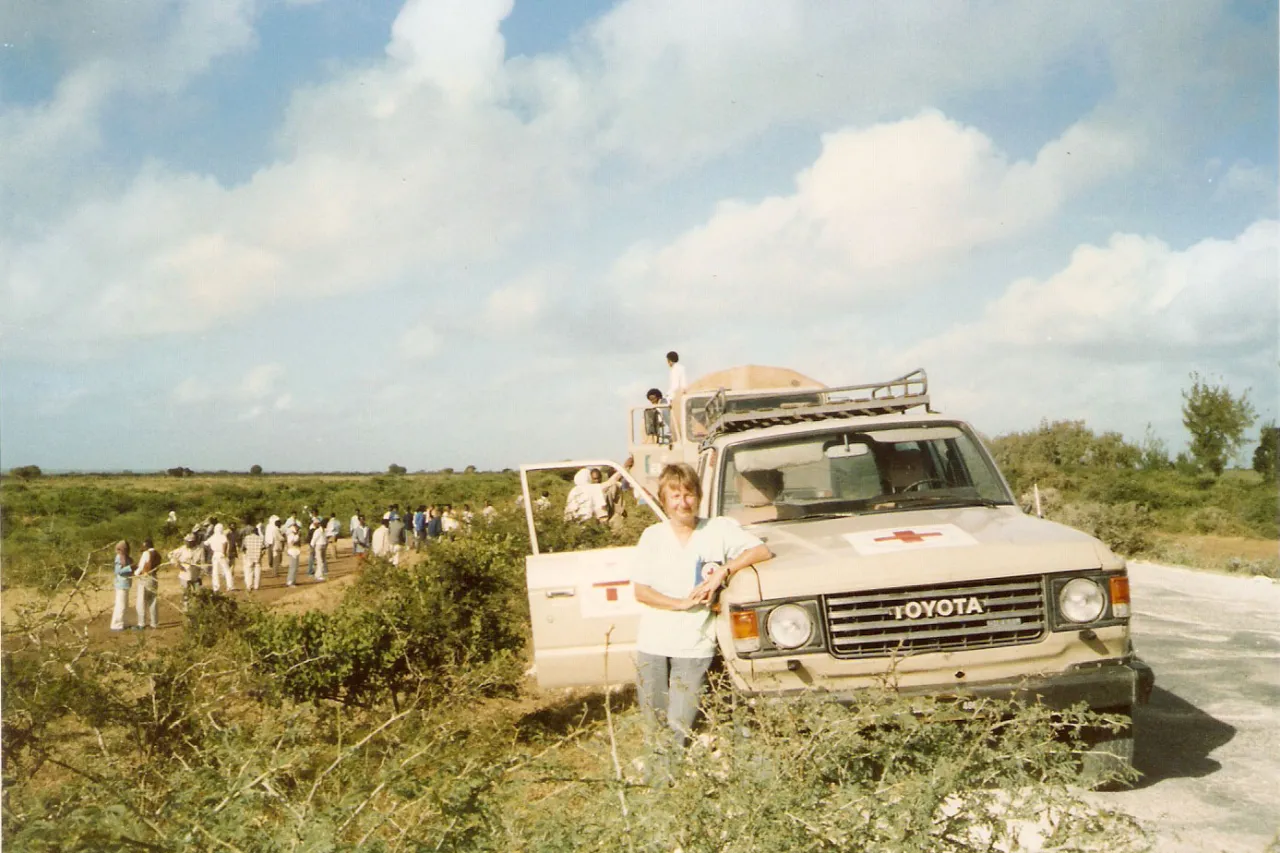
I am trained as a nurse and I was among an ICRC surgical team charged with looking after weapon-wounded persons. At the time, the Somali government had flown in military and civilians from fighting in the north and brought them back down to Mogadishu. They were put in a building right on the coast which became known as Martini hospital - an empty big warehouse in a compound.
We were asked to medically attend to the wounded. A week later, all the weapon-wounded persons had arrived and were lying on their beds with absolutely no medical care.
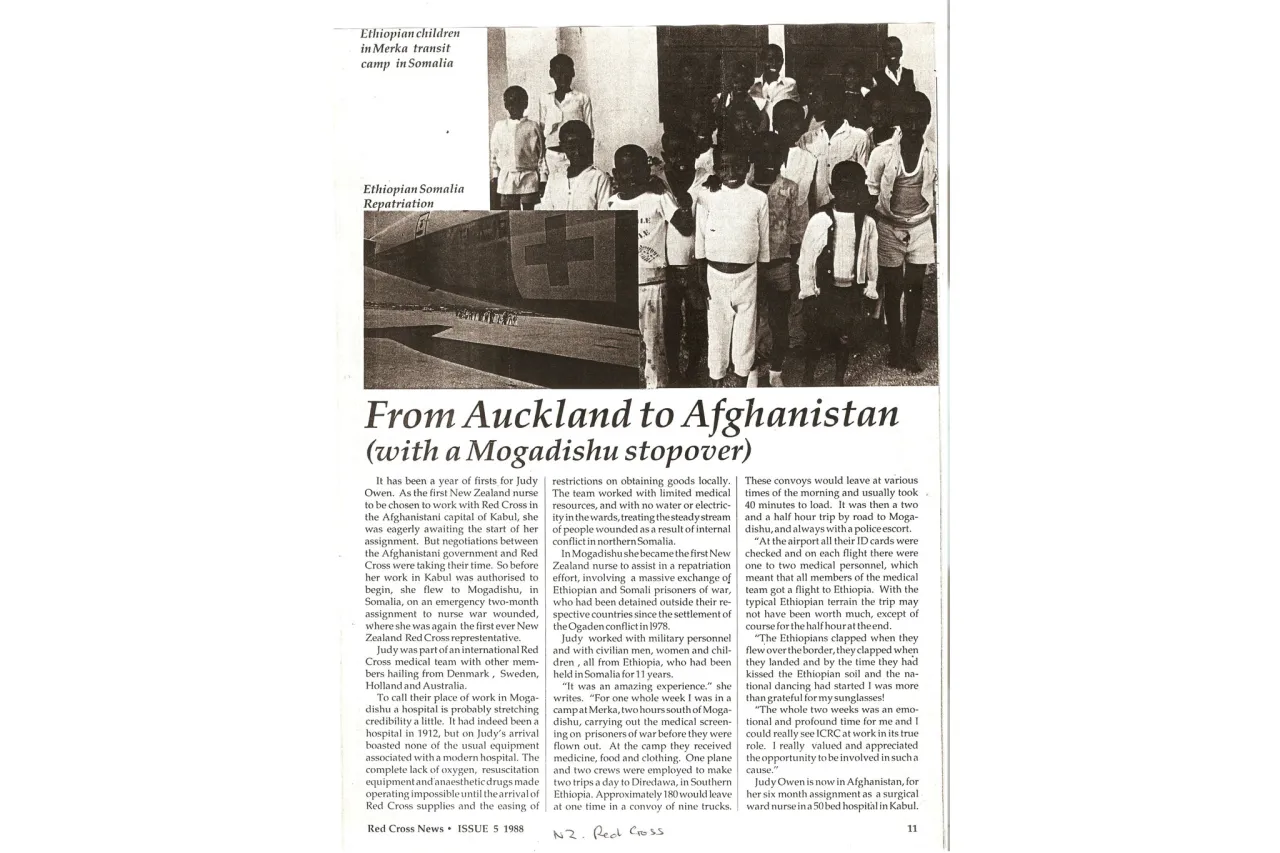

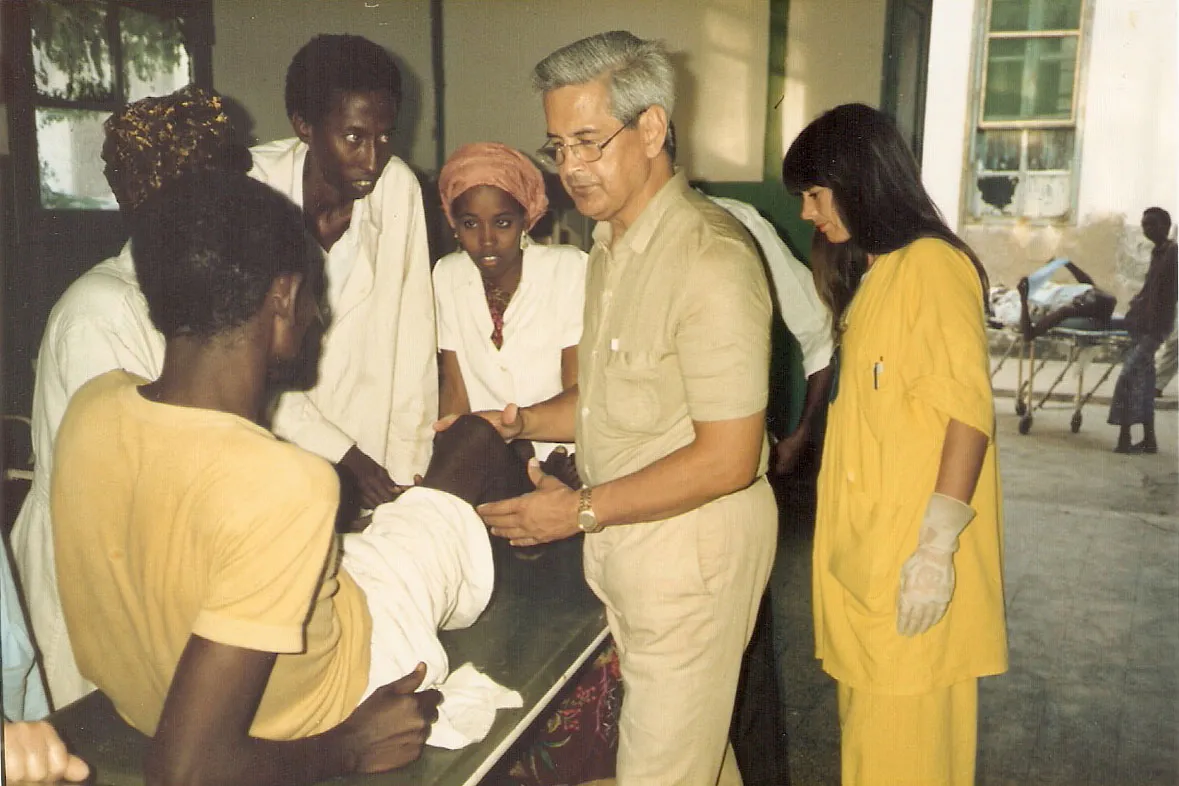



Martini Hospital
We set up an operating theatre and we worked with the SRCS volunteers and started to operate on the wounded. And it was during that time, that planes were underway to participate in the repatriation process of the POWs.
I was asked to go to a town called Merka in Lower Shabelle where I was asked to start undertaking some medical checks and health clearances for the POWs.

Merka Town
"When I see this photograph and this new Merka – a lot has changed. At the time there were a lot of civilian internees," says Ali Diisow Osoble who was a volunteer from the Somali Red Crescent Society (SRCS) from the year 1984.
I was 20 years old when this photograph was taken. I was a young active man working as a volunteer for the SRCS and I loved my job. We, volunteers, were trained on first aid and our role as SRCS was to help and support the patients. The SRCS mainly concentrated on providing all the things that they needed, for example, clothes, or treating their wounds.
The people you are seeing in this picture are civil internees and they had gone through a lot of procedures that the ICRC and SRCS worked on. These procedures were to have a dialogue with the two governments or countries where the POWs were held.
The ICRC visited places of detention to see the problems the detainees were facing. They worked a lot to improve the living conditions of detainees.
The POWs were people that were suffering and who were brought in El Jalle village in Merka town and the plan was to transfer them to the ICRC to repatriate them to their countries.
Originally El Jalle was not a place that could house civilian internees. It was owned by the government and was an academy where students were trained during the holidays on the dynamics the government worked.
The Repatriation
It was a happy time.
When someone who has been detained and suffered is told they are going to be sent home, they would be happy. And the exchange you see in the picture was not a one-off, because there were several exchanges that took place. I felt it was a happy moment, a moment of trust, for all of us.
The reason that the repatriation process happened was because of trust in the ICRC and SRCS by the people. If it was not for this trust, the POWs would not have been able to go back to their countries. So, I would say that without this trust, those POWs would have never have gone home and might have died in the different places of detention.

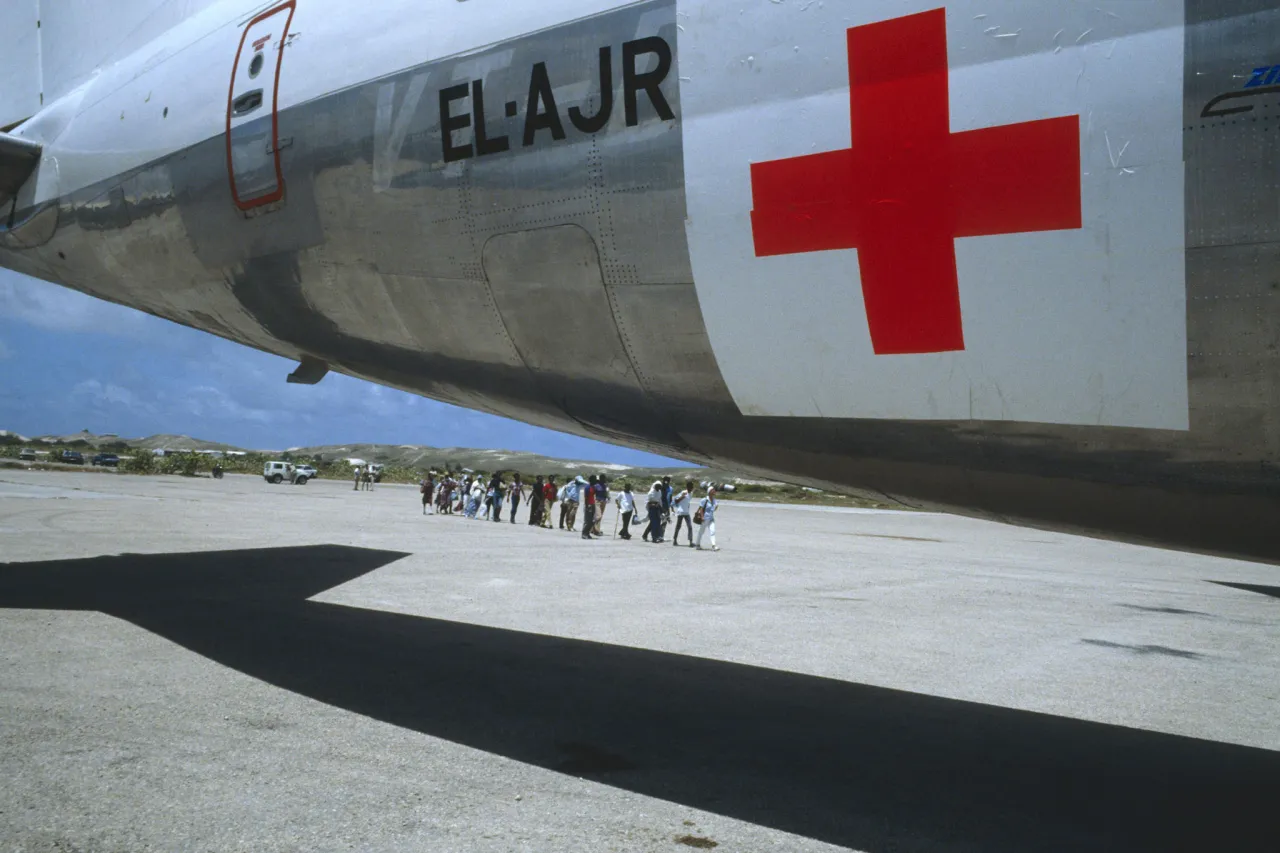

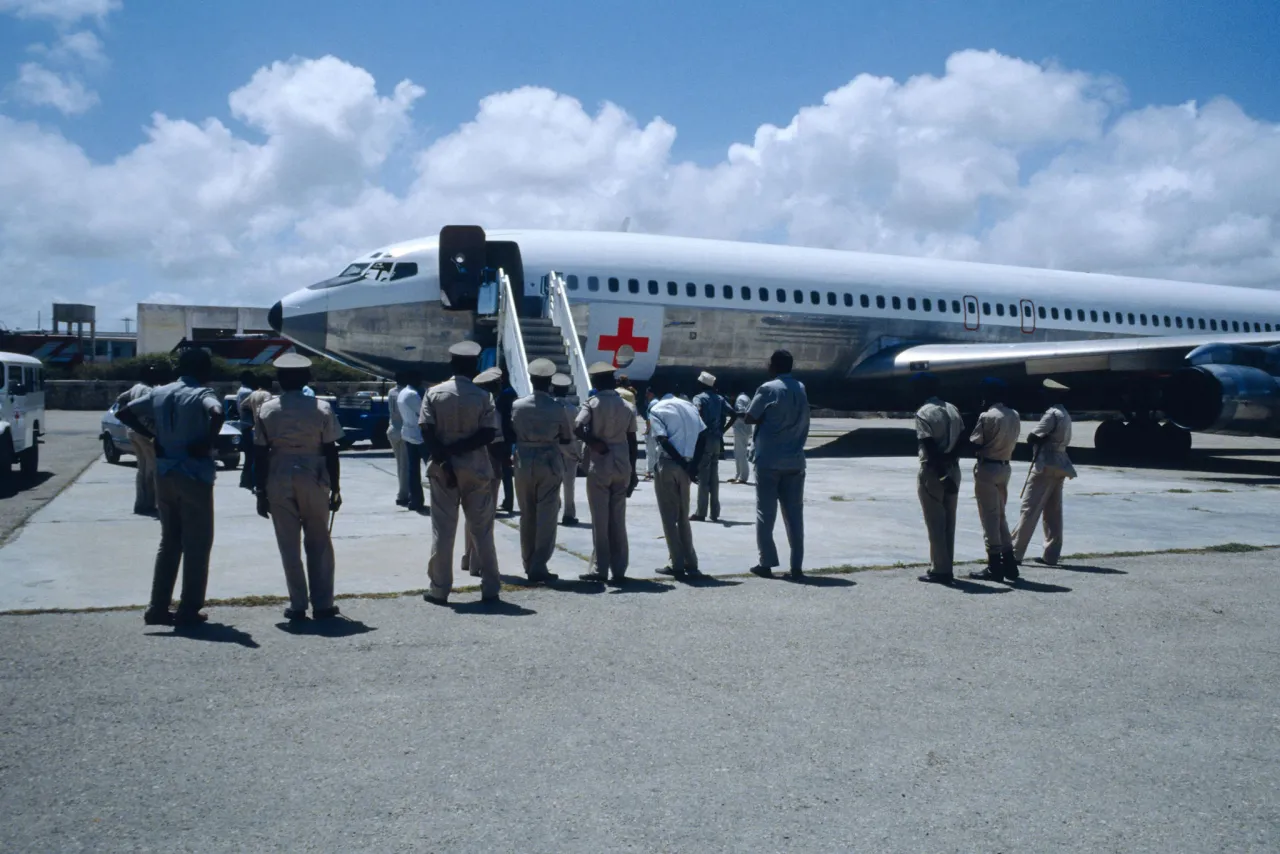
For more information about the ICRC's work in Somalia, visit the Somalia country page and the Somalia Blog.

